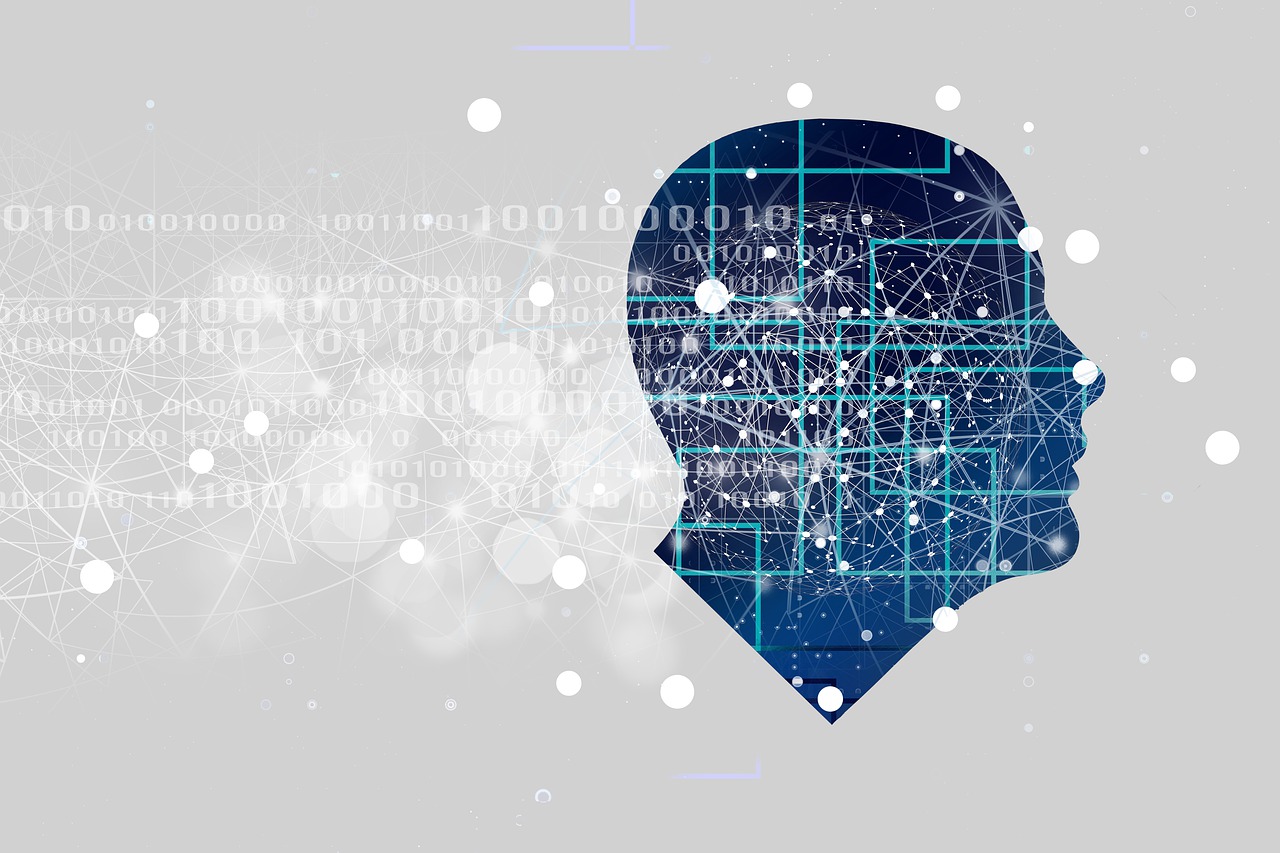Technology is revolutionizing every field of medicine, from cardiology to neurology. Researchers are now making meaningful progress on unraveling poorly understood disease processes, such as autism spectrum disorders (ASD). Currently, psychiatrists diagnose ASD clinically through a variety of criteria outlined in the Diagnostic and Statistical Manual of Mental Disorders, but this process is still somewhat subjective.
Moreover, people with ASD may exhibit a wide variety of symptoms, and differentiating symptoms of ASD from symptoms of other disorders can be difficult. Medical professionals know relatively little about the causes of ASD, which can make it difficult for physicians to diagnose the disorder and offer patients an accurate prognosis.
Using Machine Learning to Characterize ASD More Effectively
Recently, researchers have tried applying artificial intelligence (AI) and specifically deep learning to the study of ASD. Machine learning is a specific type of AI that uses artificial neural networks based on the human brain to recognize patterns. In the past few years, machine learning has been applied to drug discovery, language translation, autonomous vehicles, and other fields.
Researchers used machine learning to analyze a database of more than 1,000 MRI scans from the Autism Brain Imaging Data Exchange, as well as higher-quality scans from the Child Psychiatric Clinic at Severance Hospital in South Korea. These scans included structural MRIs, which look at brain anatomy, and functional ones, which examine brain activity. MRIs have long been used to help identify structures of the brain potentially associated with ASD. In the past, researchers have noted some abnormalities in grey and white matter volumes, as well as cerebral cortex activation, in connection with ASD.
The researchers, who are from the Korea Advanced Institute of Science and Technology and the Yonsei University College of Medicine, asked if machine learning could do a better job than humans in noticing patterns in MRIs of patients with ASD. The team applied five different models of deep learning to the MRI collections. The analysis showed that patterns in certain structures within the brain, including the basal ganglia, are correlated with ASD severity. The deep learning models also offered possible explanations for how the AI had come up with its findings—which is important information. (If a doctor tells a patient that AI has examined their MRI and recommends an ASD diagnosis, the patient will want to know why and how the AI came to this decision.)
This study suggests that psychiatrists may be able to use AI and brain imaging data to identify the severity of ASD, which could yield a more accurate diagnosis and prognosis for the patient. In addition, more research that applies deep learning to imaging data from ASD patients could provide better understanding of the structural and functional changes that occur in ASD and help clinicians identify better treatments.
Differentiating Between Subtypes of ASD Using AI
Researchers at other universities are also looking at different applications of AI in studying ASD. Scientists at Northwestern University have developed AI models that could be used to screen for early signs of ASD and help detect various subtypes of the disorder. Such tools could make it possible to diagnose ASD much earlier. As explained above, ASD is diagnosed based on clinical observations, and differentiating the subtypes can be difficult, even for experienced psychiatrists. The Northwestern AI model could help identify a subtype called dyslipidemia-associated autism, which accounts for about 6.5 percent of all ASD cases in the United States.
The Northwestern AI model uses genetic mutation data, information from animal models, and gene expression patterns to create a digital map representative of real-world patients. Diagnosing ASD requires looking at all this information in relation, rather than isolated data points. AI can identify clusters of gene expression that operate together within the brain, and when overlaid with the multimodal map data, correlations with ASD have been identified. The most promising pattern identified is altered lipid profiles in infants.
The next step in research is to explore the use of these findings as an early screening tool for ASD. Early detection creates a wider window for intervention and could open new pathways for better ASD outcomes. Moving forward, AI may also help reveal patterns for early detection of other subtypes of ASD.
Supporting Children with ASD through AI
Another team at the University of Southern California asked if machine learning could be used to recognize the needs of children with ASD more effectively. The team used a robot called Kiwi to coach children with ASD as they played a math game on a computer tablet. After a month, the researchers used machine learning to analyze audio and video data to determine when the children were paying attention and engaged in the game. Models were made specific to the children in the study, as well as a general one.
The models accurately recognized when a child was engaged in the game about 90 percent of the time. The robot was able to use the algorithm to provide encouragement when it detected that the child’s attention had waned. If Kiwi spoke when it recognized that the child was disengaged, children re-focused and paid attention about 70 percent of the time. The researchers are hopeful that machine learning can provide customized support to children with ASD.

